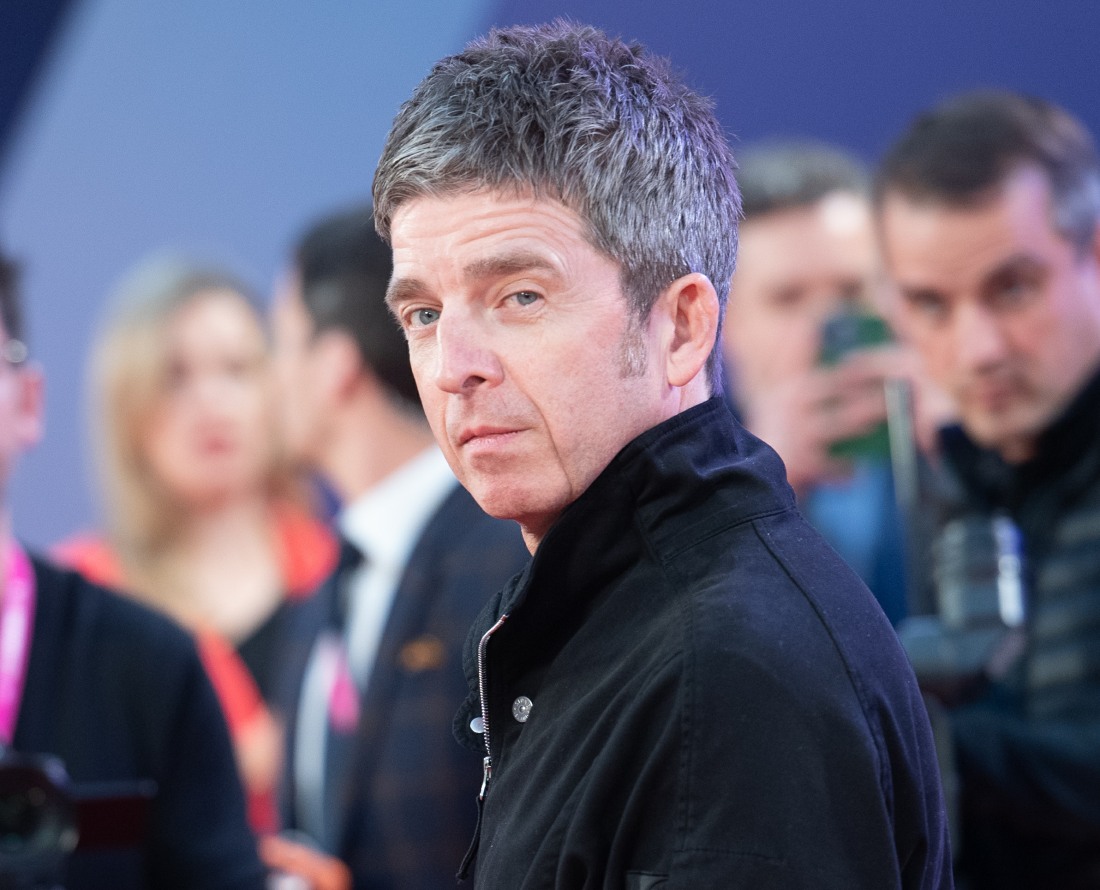ARTICLE AD
Embed from Getty Images
The Oscars are only two-and-a-half weeks away, if you can believe it (I can’t). Between natural disasters and nominee-induced implosions, this has been an awards season like no other. The next three weekends will be bing bang boom, with the BAFTAs, SAGs, and Oscars all in quick succession. But before we look too far ahead, how about taking a moment to glance back to the origin of it all. More specifically, how did the prestigious-sounding Academy Award earn the relatively colloquial nickname, Oscar? Myths abound…
Origin story: MGM art director Cedric Gibbons sketched the figure of an impressively ripped knight as an art crusader for the first Academy Awards in 1929. (The design wasn’t based on a human model.) The Academy didn’t adopt the nickname until 1939, and the nickname’s origins “aren’t clear,” according to the organization’s official history. The Academy trademarked the name “Oscar” (and “Academy Awards”) in 1979, solidifying ownership of the term.
Theory 1 — Actress Bette Davis: Bette Davis claimed in her 1962 autobiography, “The Lonely Life,” that she recognized the backside of the “Hollywood male” when accepting her best actress award in 1936 for “Dangerous.” That peachy gold rump could only belong to her then-husband, Harmon Oscar Nelson Jr. “I stared at the little gold-plated man in the palm of my hand,” Davis wrote. “In a kind of madness, his backview was the spit of my husband’s … Oscar it has been ever since.” Because the term had appeared in newspapers years before Davis took the Oscar stage, the star eventually pulled out of naming contention.
Theory 2 — Columnist Sidney Skolsky: During the sixth awards presentation in 1934, Hollywood columnist Sidney Skolsky, a contemporary of famed Hollywood scribes like Hedda Hopper, used the name in his column in reference to Katharine Hepburn’s first best actress win for “Morning Glory.” In his 1975 memoir, “Don’t Get Me Wrong — I Love Hollywood,” Skolsky fiercely maintained anointing Oscar and ridiculed all other challengers. Skolsky wrote that the name appeared when he was stumped spelling “statuette” on deadline. The transplanted New Yorker recalled vaudeville comedy shows where Oscar was the go-to name for the butt of jokes. The easily spelled name would also puncture the award’s “phony dignity.” … “During the next year of columns, whenever referring to the Academy Awards, I used the word ‘Oscar.’ In a few years, Oscar was the accepted name.”
Once again, earlier recorded uses dispel the story: [Former Academy executive director] Bruce Davis (who is not related to Bette) and other historians take issue with Skolsky’s account because the term Oscar appeared in an entertainment column for the defunct Los Angeles Post-Record dated Dec. 5, 1933. This was six weeks before Skolsky’s alleged inspiration. Like other claims, Skolsky’s “buckles under scrutiny,” Davis writes.
Theory 3 — Librarian Margaret Herrick: A popular story has been that Academy librarian Marget Herrick thought the gold award resembled her dear Uncle Oscar, so the Academy staff began referring to it as Oscar. A significant problem with the account is that no dear Uncle Oscar existed. “Mrs. Herrick was never able to produce an uncle with that name,” Davis writes. After researching 1948’s “International Motion Picture Almanac,” film historian Terry Ramsaye cited the inspiration as Herrick’s mother’s cousin, a Texas wheat farmer named Oscar Pierce.
Leonard Maltin gets the last word: In Maltin’s view, Herrick, who served as the Academy’s executive director from 1945 to 1971, has the most plausible case despite the flaws. “But I take perverse pleasure knowing that in a town built on hyperbole and rumor, there is no conclusive answer as to who named the famed Oscar,” Maltin.
Wait, what?! How have I gone REDACTED years on this planet without realizing that the Oscar statuette (it’s not that hard to spell, Skolsky) is an art crusading knight? Let alone an “impressively ripped” one, at that! I thought the guy was, I don’t know, clutching a microphone. Where’s the hilt! Anyway, CNN did a fun piece a couple years ago about the process of making the statuettes, with great pictures on the figure in development. As for these theories, I grew up familiar with #3, only I didn’t know it was an Academy Librarian named Margaret Herrick, just the broad story that someone thought it looked like their uncle. Skolsky seems like a petty b who really wishes the evidence wasn’t there to disprove his claim. And I think Bette Davis genuinely thought, or at least made a quip, about the award looking like her husband from the rear. If anyone wouldn’t GAF about the (nick)naming rights of Oscar, I think it’d be Miss Davis.
Finally, “Hyperbole and Rumor” has simply got to be the title of a book/movie, it’s too delicious. (Damn, why did I say that out loud. Now I have to rush to trademark Hyperbole and Rumor; The Kismet Story.)

 3 hours ago
2
3 hours ago
2 

